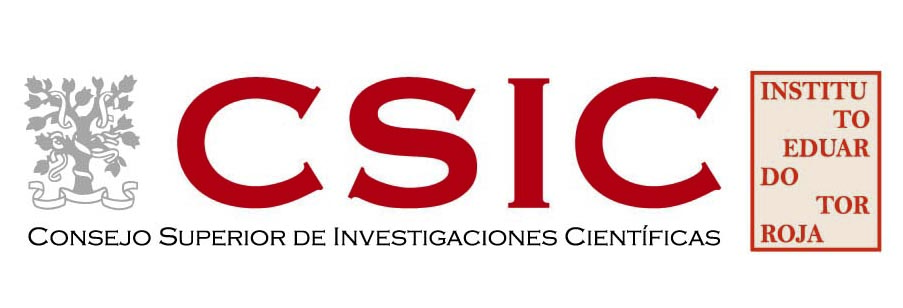Marls present high volume of phosphate waste rocks that are chemically inert, but their disposal creates diverse environmental issues.
This study aims to evaluate the reuse of white marls from phosphate mines as a precursor to produce Alkali-Activated Materials (AAM). White marls containing palygorskite clay were calcined up to 850 °C. The alkali activation process involved the use of calcined marls (as a precursor) and NaOH:Na2SiO3 as activators. Marls features were identified by X-ray Diffraction, X-ray Fluorescence, Fourier-transform infrared spectroscopy and Thermo-gravimetric analysis. In addition, the dissolution of Al and Si species from the marl was studied for different Sodium hydroxide concentrations and calcination temperatures.
Furthermore, the compressive strength of elaborated AAM was measured, and selected samples were characterized using several methods including Solid-state 29Si – 27Al Nuclear Magnetic Resonance spectroscopy and Scanning Electron Microscopy. The XRD and NMR results indicated the co-precipitation of C-S-H and M-S-H with the presence of low amount of C/N-(A)-S-H explained by the content of aluminum in marl.
This result was confirmed by EDX and FTIR analysis. While the optimum compressive strength of 38 MPa was obtained for AAM based on calcined marl at 750 °C. This study results revealed that marls waste rocks could be used as a precursor for the formulation of AAM in construction applications.


